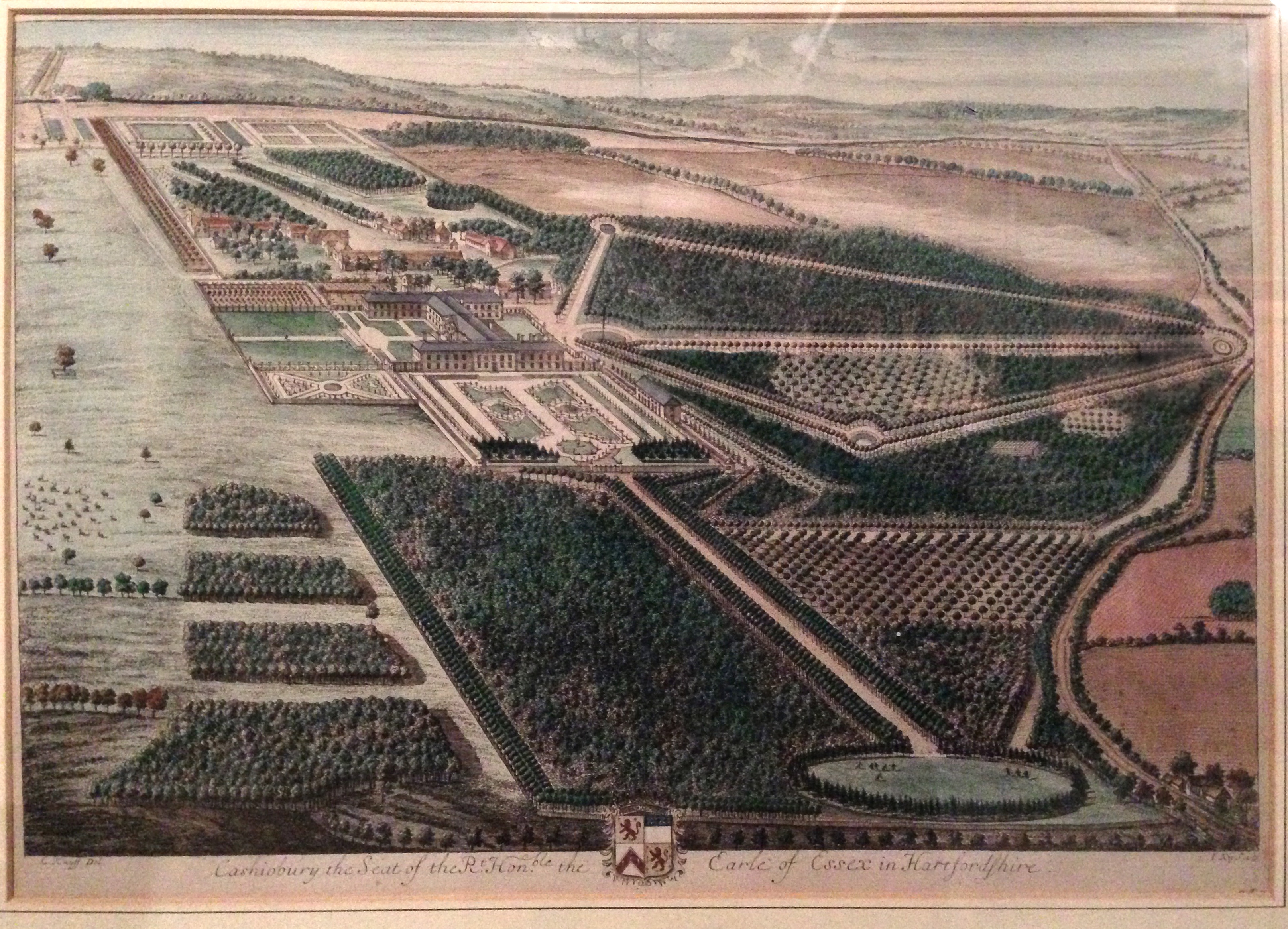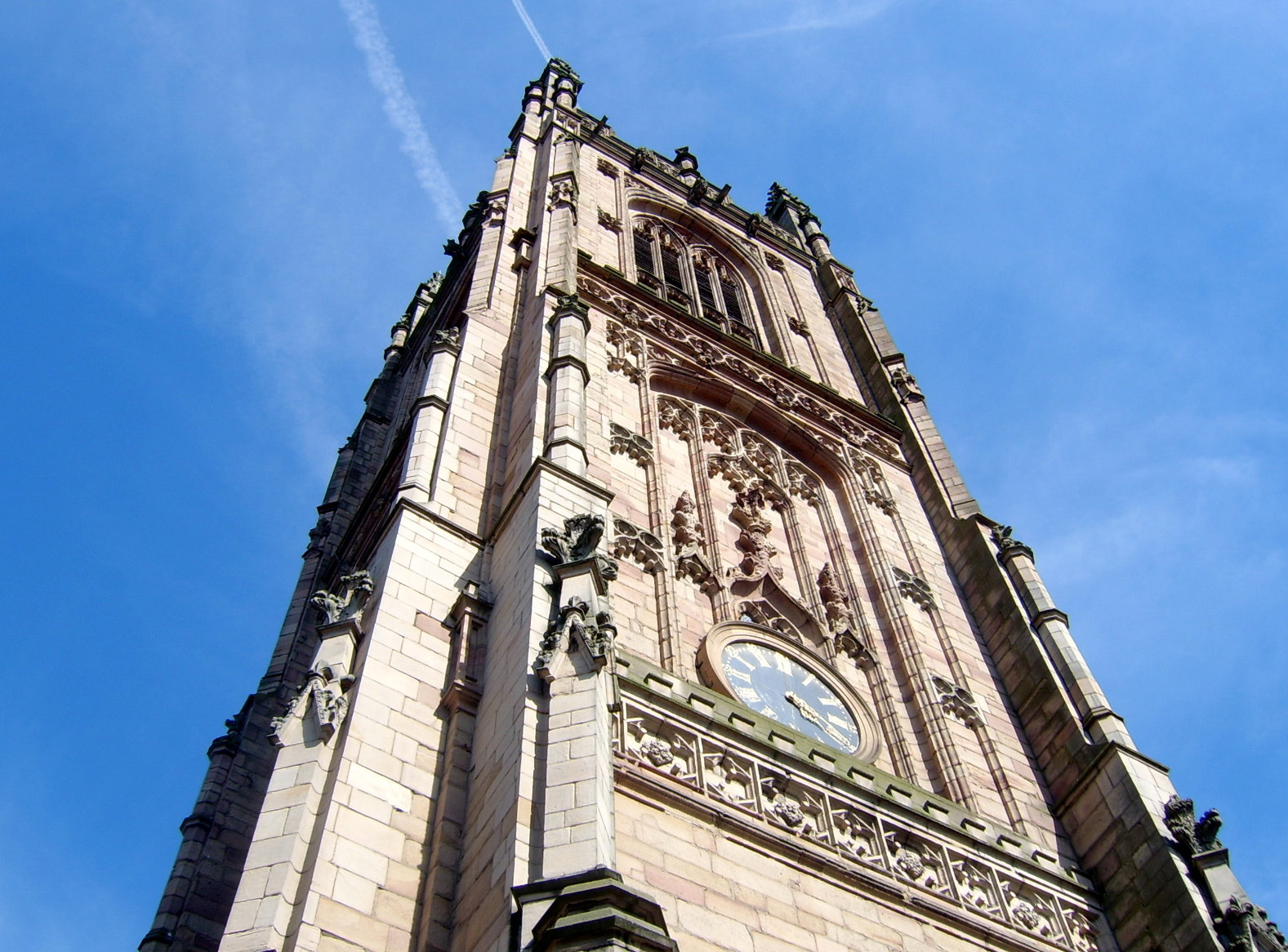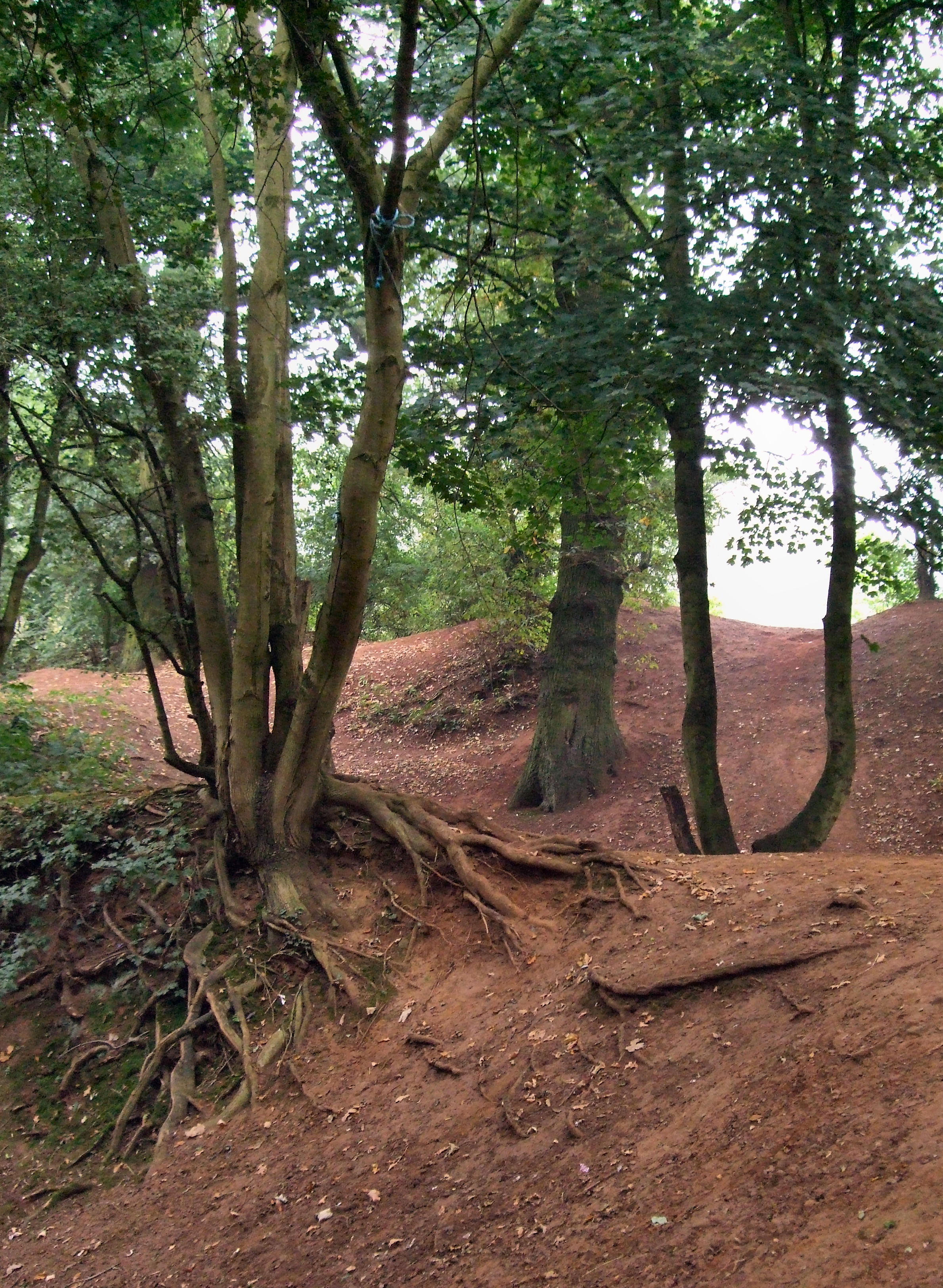|
M1 Motorway
The M1 motorway connects London to Leeds, where it joins the A1(M) motorway, A1(M) near Aberford, to connect to Newcastle upon Tyne, Newcastle. It was the first inter-urban motorway to be completed in the UK; the first motorway in the country was the Preston Bypass, which later became part of the M6 motorway, M6. The motorway is long and was constructed in four phases. Most of the motorway was opened between 1959 and 1968. The southern end was extended in 1977 and the northern end was extended in 1999. It is also the second longest motorway in the country with the M6 motorway being the longest at 232 miles (373 km). History There had been plans before the Second World War for a motorway network in the United Kingdom. John Douglas-Scott-Montagu, 2nd Baron Montagu of Beaulieu, Lord Montagu of Beaulieu formed a company to build a 'motorway-like road' from London to Birmingham in 1923, but it was a further 26 years before the Special Roads Act 1949 was passed, which allowed ... [...More Info...] [...Related Items...] OR: [Wikipedia] [Google] [Baidu] |
London
London is the Capital city, capital and List of urban areas in the United Kingdom, largest city of both England and the United Kingdom, with a population of in . London metropolitan area, Its wider metropolitan area is the largest in Western Europe, with a population of 14.9 million. London stands on the River Thames in southeast England, at the head of a tidal estuary down to the North Sea, and has been a major settlement for nearly 2,000 years. Its ancient core and financial centre, the City of London, was founded by the Roman Empire, Romans as Londinium and has retained its medieval boundaries. The City of Westminster, to the west of the City of London, has been the centuries-long host of Government of the United Kingdom, the national government and Parliament of the United Kingdom, parliament. London grew rapidly 19th-century London, in the 19th century, becoming the world's List of largest cities throughout history, largest city at the time. Since the 19th cen ... [...More Info...] [...Related Items...] OR: [Wikipedia] [Google] [Baidu] |
Watford
Watford () is a town and non-metropolitan district with Borough status in the United Kingdom, borough status in Hertfordshire, England, northwest of Central London, on the banks of the River Colne, Hertfordshire, River Colne. Initially a small market town, the Grand Junction Canal encouraged the construction of paper-making mills, print works, and brewery, breweries. While industry has declined in Watford, its location near London and transport links have attracted several companies to site their headquarters in the town. Cassiobury Park is a public park that was once the manor estate of the Earls of Essex. The town developed next to the River Colne on land belonging to St Albans Abbey. In the 12th century, a charter was granted allowing a market, and the building of St Mary's Church, Watford, St Mary's Church began. The town grew partly due to travellers going to Berkhamsted Castle and the royal palace at Kings Langley. A mansion was built at Cassiobury House, Cassiobury in t ... [...More Info...] [...Related Items...] OR: [Wikipedia] [Google] [Baidu] |
Sheffield
Sheffield is a city in South Yorkshire, England, situated south of Leeds and east of Manchester. The city is the administrative centre of the City of Sheffield. It is historically part of the West Riding of Yorkshire and some of its southern suburbs were transferred from Derbyshire to the city council. It is the largest settlement in South Yorkshire and the third largest of Northern England. The city is in the North Midlands, in the eastern foothills of the Pennines and the valleys of the River Don with its four tributaries: the Loxley, the Porter Brook, the Rivelin and the Sheaf. Sixty-one per cent of Sheffield's entire area is green space and a third of the city lies within the Peak District national park and is the fifth-largest city in England. There are more than 250 parks, woodlands and gardens in the city, which is estimated to contain around 4.5 million trees. Sheffield played a crucial role in the Industrial Revolution, developing many signifi ... [...More Info...] [...Related Items...] OR: [Wikipedia] [Google] [Baidu] |
Chesterfield, Derbyshire
Chesterfield is a market town, market and industrial town in the county of Derbyshire, England. It is north of Derby and south of Sheffield at the confluence of the River Rother, South Yorkshire, Rivers Rother and River Hipper, Hipper. In 2011, the built-up-area subdivision had a population of 88,483, making it the second-largest settlement in Derbyshire, after Derby. The wider Borough of Chesterfield had a population of 103,569 in the 2021 Census. In 2021, the town itself had a population of 76,402. It has been traced to a transitory Ancient Roman architecture, Roman fort dated to approximately AD 80-100. The name of the later Anglo-Saxons, Anglo-Saxon village comes from the Old English ''ceaster'' (Roman fort) and ''feld'' (pasture). It has a sizeable street market three days a week. The town sits on an old coalfield, but little visual evidence of mining remains since the closure of the final town centre mine nicknamed “The Green Room”. The main landmark is the crooked sp ... [...More Info...] [...Related Items...] OR: [Wikipedia] [Google] [Baidu] |
Mansfield
Mansfield is a market town and the administrative centre of the Mansfield District in Nottinghamshire, England. It is the largest town in the wider Mansfield Urban Area and the second largest settlement in Nottinghamshire (following the city of Nottingham). Henry III of England, Henry III granted Mansfield the royal charter, Royal Charter of a market town in 1227. The town lies in the River Maun, Maun Valley, north of Nottingham. The district had a population of 110,500 at the 2021 United Kingdom census, 2021 census. Mansfield is the one local authority in Nottinghamshire with a publicly Directly elected mayors in England, elected mayor, the Mayor of Mansfield. Mansfield in ancient times became the pre-eminent in importance amongst the towns of Sherwood Forest. Etymology According to historian William Horner Dove (1894) there is dispute to the origins of the name. Three conjectures have been considered: the name may have been given to the noble family of Mansfield who came ov ... [...More Info...] [...Related Items...] OR: [Wikipedia] [Google] [Baidu] |
Derby
Derby ( ) is a City status in the United Kingdom, city and Unitary authorities of England, unitary authority area on the River Derwent, Derbyshire, River Derwent in Derbyshire, England. Derbyshire is named after Derby, which was its original county town. As a unitary authority, Derby is administratively independent from Derbyshire County Council. The population of Derby is (). The Romans established the town of Derventio Coritanorum, Derventio, which was later captured by the Anglo-Saxons and then by the Vikings who made one of the Five Boroughs of the Danelaw. Initially a market town, Derby grew rapidly in the industrial era and was home to Lombe's Mill, an early British factory and it contains the southern part of the Derwent Valley Mills World Heritage Site. With the arrival of the railways in the 19th century, Derby became a centre of the Rail transport in Great Britain, British rail industry. Despite having a Derby Cathedral, cathedral since 1927, Derby did not gain City ... [...More Info...] [...Related Items...] OR: [Wikipedia] [Google] [Baidu] |
Nottingham
Nottingham ( , East Midlands English, locally ) is a City status in the United Kingdom, city and Unitary authorities of England, unitary authority area in Nottinghamshire, East Midlands, England. It is located south-east of Sheffield and north-east of Birmingham. Nottingham is the legendary home of Robin Hood and to the lace-making, bicycle and Smoking in the United Kingdom, tobacco industries. The city is also the county town of Nottinghamshire and the settlement was granted its city charter in 1897, as part of Queen Victoria's Diamond Jubilee celebrations. In the 2021 United Kingdom census, 2021 Census, Nottingham had a reported population of 323,632. The wider conurbation, which includes many of the city's suburbs, has a population of 768,638. It is the largest urban area in the East Midlands and the second-largest in the Midlands. Its Functional Urban Area, the largest in the East Midlands, has a population of 919,484. The population of the Nottingham/Derby metropolitan a ... [...More Info...] [...Related Items...] OR: [Wikipedia] [Google] [Baidu] |
Loughborough
Loughborough ( ) is a market town in the Charnwood (borough), Charnwood Borough of Leicestershire, England; it is the administrative centre of Charnwood Borough Council. At the United Kingdom 2021 census, the town's built-up area had a population of 64,884. It is the second largest settlement in the county after Leicester. Loughborough is close to the Nottinghamshire border and is also located near Leicester and Derby. Loughborough is also home to the world's largest bell foundry, John Taylor Bellfounders, which produced Great Paul at St Paul's Cathedral; it has also made bells for the Loughborough Carillon, Carillon War Memorial, a landmark in Queens Park. History Medieval The earliest reference to Loughborough occurs in the Domesday Book of 1086, which calls it ''Lucteburne''. It appears as ''Lucteburga'' in a charter from the reign of Henry II of England, Henry II, and as ''Luchteburc'' in the Pipe Rolls of 1186. The name is of Old English origin and means "Luhhede's ''b ... [...More Info...] [...Related Items...] OR: [Wikipedia] [Google] [Baidu] |
Leicester
Leicester ( ) is a city status in the United Kingdom, city, Unitary authorities of England, unitary authority area, and the county town of Leicestershire in the East Midlands of England. It is the largest city in the East Midlands with a population of in . The greater Leicester urban area had a population of 559,017 in 2021, making it the 11th most populous in England, and the List of urban areas in the United Kingdom, 13th most populous in the United Kingdom. A 2023 report ranked Leicester 16th out of the 50 largest UK cities on a range of economic measures, and the first of seven East Midlands cities. The city lies on the River Soar and is approximately north-northwest of London, east-northeast of Birmingham and northeast of Coventry. Nottingham and Derby lie around to the north and northwest respectively, whilst Peterborough is located to the east. Leicester is close to the eastern end of the National Forest, England, National Forest. Leicester has a long history exten ... [...More Info...] [...Related Items...] OR: [Wikipedia] [Google] [Baidu] |
Rugby, Warwickshire
Rugby is a market town in eastern Warwickshire, England, close to the River Avon, Warwickshire, River Avon. At the 2021 United Kingdom census, 2021 census, its population was 78,117, making it the List of Warwickshire towns by population, second-largest town in Warwickshire. It is the main settlement within the larger Borough of Rugby, which had a population of 114,400 in 2021. Rugby is situated on the eastern edge of Warwickshire, near to the borders with Leicestershire and Northamptonshire. It is the most easterly town within the West Midlands (region), West Midlands region, with the nearby county borders also marking the regional boundary with the East Midlands. It is north of London, east-south-east of Birmingham, east of Coventry, north-west of Northampton and south-south-west of Leicester. Rugby became a market town in 1255. In 1567, Rugby School was founded as a grammar school for local boys but, by the 18th century, it had gained a national reputation and eventuall ... [...More Info...] [...Related Items...] OR: [Wikipedia] [Google] [Baidu] |
Northampton
Northampton ( ) is a town and civil parish in Northamptonshire, England. It is the county town of Northamptonshire and the administrative centre of the Unitary authorities of England, unitary authority of West Northamptonshire. The town is situated on the River Nene, north-west of London and south-east of Birmingham. Northampton is one of the largest towns in England; the population of its overall urban area was recorded as 249,093 in the 2021 United Kingdom census, 2021 census. The parish of Northampton alone had 137,387. Archaeological evidence of settlement in the area dates to the Bronze Age Britain, Bronze Age, Roman conquest of Britain, Romans and Anglo-Saxons, Anglo-Saxons. In the Middle Ages, the town rose to national significance with the establishment of Northampton Castle, an occasional royal residence which regularly hosted the Parliament of England. Medieval Northampton had many churches, monasteries and the University of Northampton (thirteenth century), Univers ... [...More Info...] [...Related Items...] OR: [Wikipedia] [Google] [Baidu] |
Milton Keynes
Milton Keynes ( ) is a city status in the United Kingdom, city in Buckinghamshire, England, about north-west of London. At the 2021 Census, the population of Milton Keynes urban area, its urban area was 264,349. The River Great Ouse forms the northern boundary of the urban area; a tributary, the River Ouzel, meanders through its linear parks and balancing lakes. Approximately 25% of the urban area is parkland or woodland and includes two Site of Special Scientific Interest, Sites of Special Scientific Interest (SSSIs). The city is made up of many different districts. In the 1960s, the government decided that a further generation of new towns in the United Kingdom, new towns in the South East England , south east of England was needed to relieve housing congestion in London. Milton Keynes was to be the biggest yet, with a population of 250,000 and area of . At designation, its area incorporated the existing towns of Bletchley, Fenny Stratford, Wolverton and Stony Stratford, ... [...More Info...] [...Related Items...] OR: [Wikipedia] [Google] [Baidu] |










